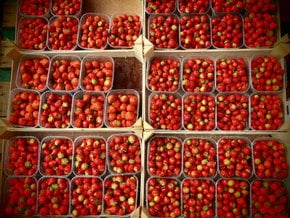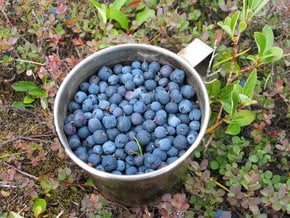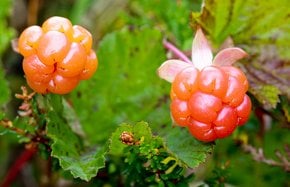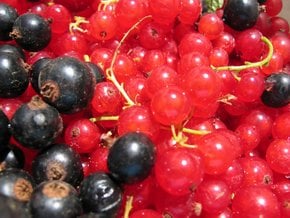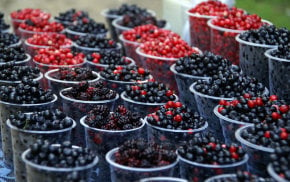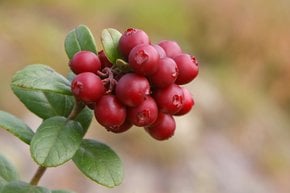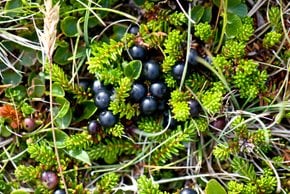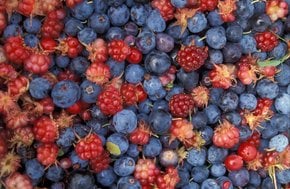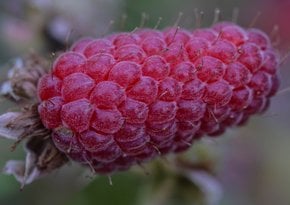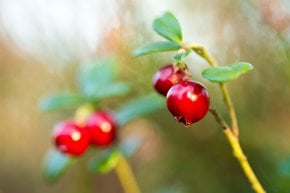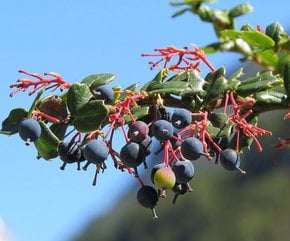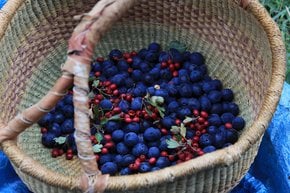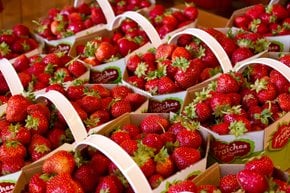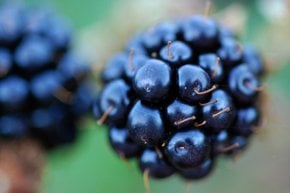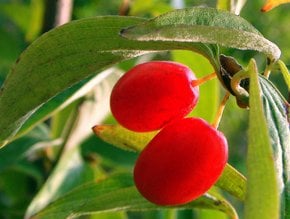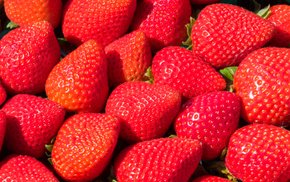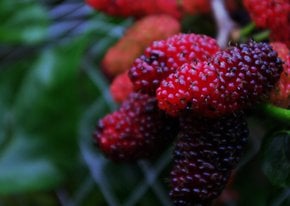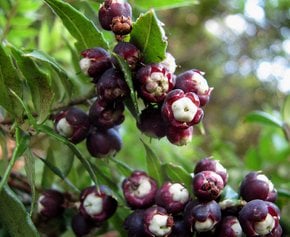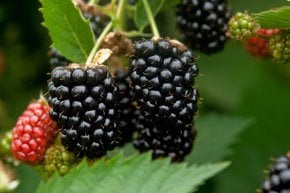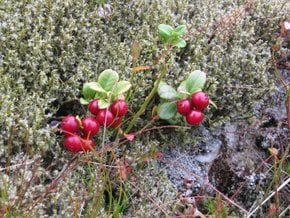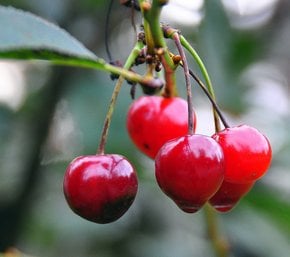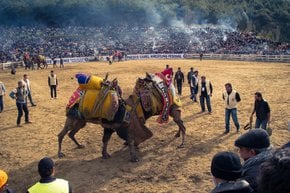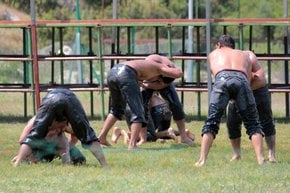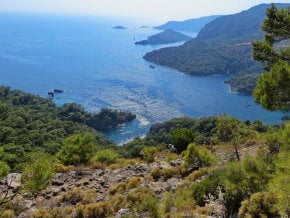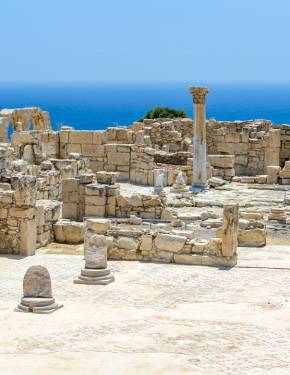Cornelian Cherry (Kizilcik) in Turkey 2026
Locals name this fake cherry "kizilcik" or more mystically "Şeytan aldatan ağaci"—the tree that deceived Satan
Best time: August–September
The Cornelian Cherries native to Turkey's Black Sea region are only named "cherries", and in reality, represent a kind of dogwood. Its Turkish name is "kizilcik", but many also refer to it as "Şeytan aldatan ağaci" which means "the tree that deceived Satan." It stems from a Turkish legend—once Satan arrived in Turkey, and saw cornelian cherries trees in bloom. He logically assumed that since these trees were the first to bloom, they were also to bear fruit earlier than all the rest. So he sat under the tree to wait for it. He must have waited for a long while, for the deceptive plant is the first to bloom in early spring, but at the same time the last to bear fruit—in late summer and early autumn.
In fact, the plant isn't widely cultivated around the world. Turkey appears to be one of a few countries that still grow it in large amounts. About 1,5 million trees produce 14,000 tonnes of Cornelian cherries. The fruit is rather sour and not particularly appetising. In ancient Greece these sour berries used to be fed to pigs; in Russia, they are utilised to distill vodka; in the USA, it's considered an ornamental plant; and in Turkey, the fruit has found quite a wide culinary use—in sherbets, jams, and soft drinks like kompots. Besides, during the harvest season, the sour berries are served with salt. To try this unusual snack look for them in the months of August and September. The fruit ripens only after it's fallen from the tree.



